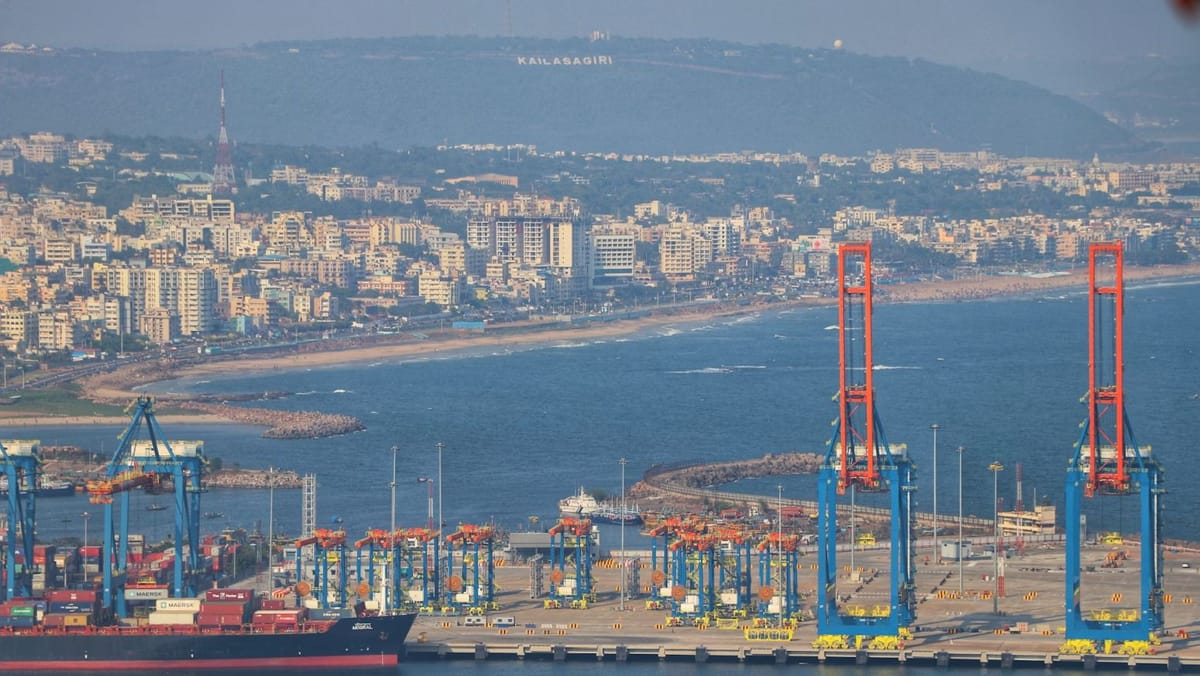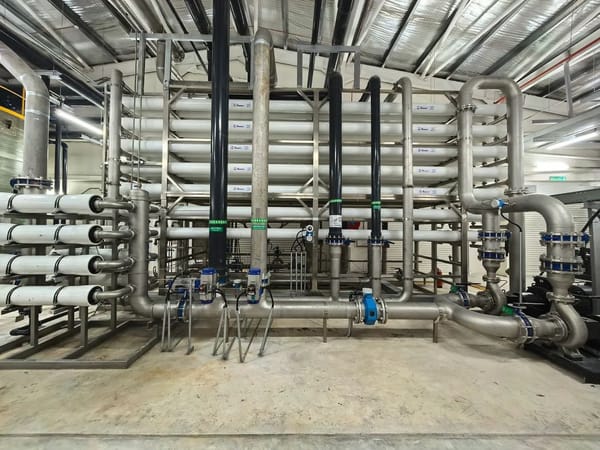Google to build 1GW data centre in India, its largest in Asia
Located in the port city of Visakhapatnam.

Google will spend US$6 billion to build a 1GW data centre campus in India, its largest in Asia - inclusive of renewable energy infrastructure.
This news was first reported by Reuters on July 31st, citing two government sources with direct knowledge of the matter.
Massive investment in India
The new data centres will be Google's first in India. They will be built in the port city of Visakhapatnam, in the southern Indian state of Andhra Pradesh.
- US$4bn to develop a 1-gigawatt data centre.
- US$2bn in renewable energy development.
Details of the type and scale of clean energy have not been disclosed.
- Google has previously spent billions expanding its data centre capacity in Singapore, with its 4th data centre announced in 2024.
- In Southeast Asia, Google also built data centres in Malaysia and Thailand, with a cloud region in Indonesia.
To put things into perspective, Alphabet says it will spend US$75 billion this year alone to build up its data centre capacity globally.
Why Andhra Pradesh?
The choice of Andhra Pradesh is curious, as it appears to have just a handful of small data centres and isn't a hub by any measure.
According to media reports, Andhra Pradesh has apparently finalised investments in data centres with a total capacity of 1.6GW, with big names such as Adani Group and Sify Technologies.
Indeed, the state aims to build 6GW of data centres over 5 years - an astounding goal that seeks to surpass Johor's. There's just 1.4 GW of data centres in operation across India today.
Here's what going for it:
- Track record of renewables: 11.18GW.
- Strong push to build data centres there.
- Proposals to establish a subsea landing station.
Challenges to renewable energy
Like many countries, India is making the transition towards renewable energy. However, it faces multiple unique challenges.
India has a National Grid, one of the largest in the world. However, it was designed for centralised, fossil-fuel-based power generation.
Renewables are currently generated in remote areas far from major demand centres, leading to transmission bottlenecks and grid congestion.
Other considerations:
- Poor financial health of power distribution firms.
- Weak demand for large-scale solar, wind projects.
- Growing instability in the grid from renewable energy.
- Large surplus due to lack of accurate load forecasting.
My personal guess? Google likely intends to build its own renewable energy plant to directly support its upcoming data centres.




